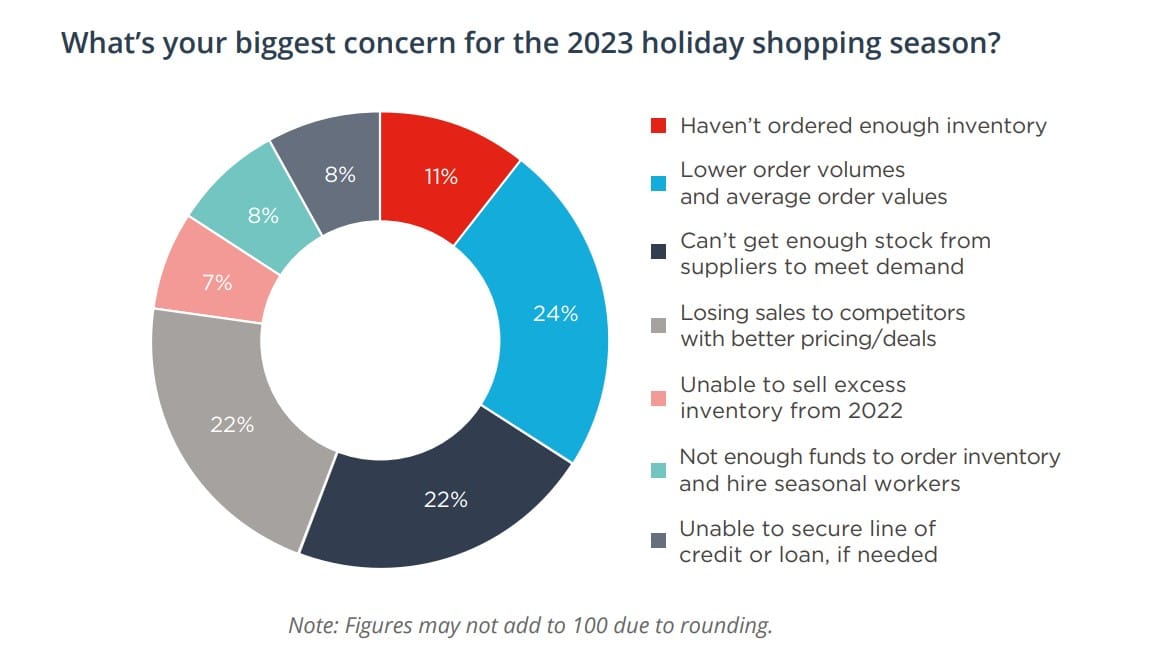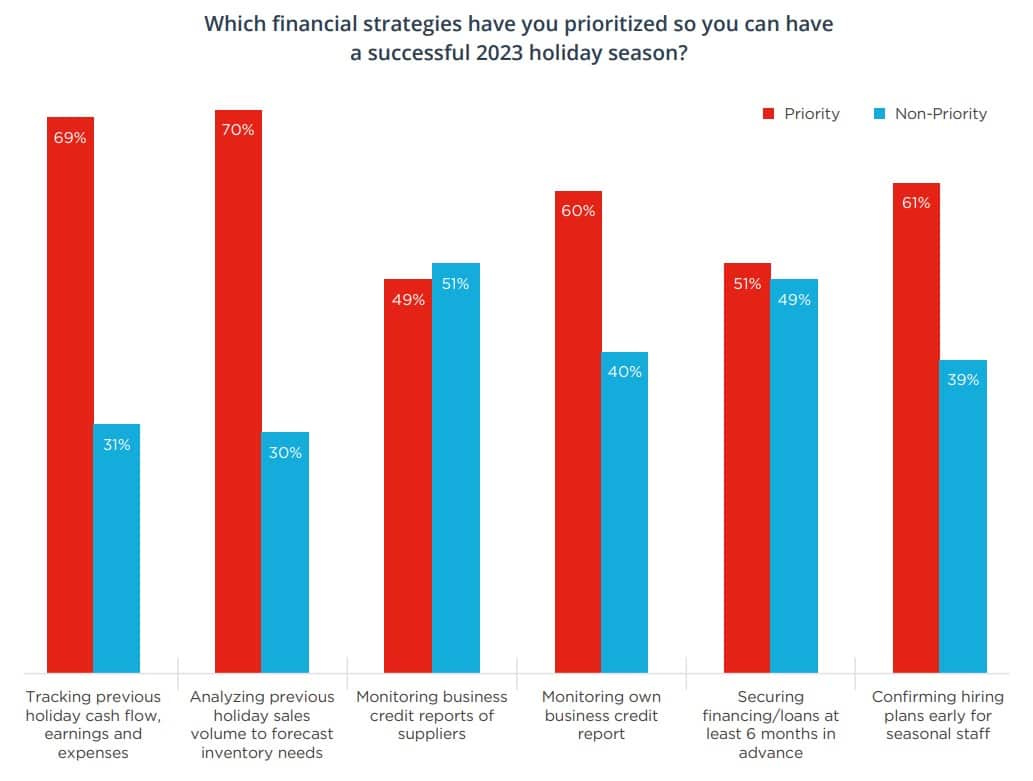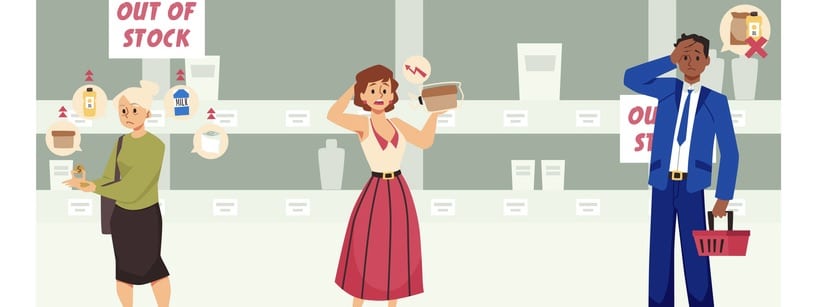Brands and marketers are trying to be extra nice leading up to the 2023 holiday shopping season because they really need Santa to deliver this year. But economic vulnerability means consumers will be looking for price markdowns, special deals and promotional offers. And although brands and retailers have high hopes for holiday sales contributing significantly to their annual sales targets, new research from credit monitoring and risk management firm Creditsafe shows that these hopes could be dashed—but not because consumers won’t be ready to buy.
The firm’s new Economics of Holiday Sales study—which examines underlying economics behind how brands and retailers finance their holiday orders, the state of their financial affairs and how their financial management could affect their success in the 2023 holiday season—reveals that 88 percent of brands and retailers are counting on holiday sales driving up to 40 percent of their annual sales. But it costs money to make money, and because of mounting debt, excess inventory and cash flow problems, nearly half (46 percent) either don’t have enough cash in their accounts to finance their holiday orders or are unsure if they do.

“It’s a positive sign that brands are setting ambitious goals for the holiday season. But achieving these goals doesn’t just depend on offering steep discounts and selling higher volumes,” said Matthew Debbage, CEO of the Americas and Asia for Creditsafe, in a news release. “Other factors will play a major role, especially since it’s been a rough few years with a pandemic, recession, rising inflation, rising interest rates and decline in consumer spending. That’s why financial planning, data analysis, cash flow forecasting, inventory planning and supplier due diligence are all so critical. Without this type of planning, brands and retailers will be at a higher risk of increased operating costs and debt, while excess inventory will eat into their profits, cash flow will suffer and annual revenue targets will be missed,” he explained.
“But it’s not just about making sure brands and retailers have enough cash and have analyzed sales volumes, inventory orders and operating expenses from the last holiday season. It’s also about keeping a watchful eye on how your suppliers manage their finances,” he added. “Their financial mismanagement and cash flow issues can lead to factory shutdowns, product shortages, lost customers and declines in sales—all of which will increase storage costs, lower profit margins, exacerbate debt and potentially result in bankruptcy.”

Key findings from the research study include:
Order volumes, stock and competition have retailers on edge this holiday season
While 24 percent of brands are worried about seeing lower order volumes and average order values this holiday season, another 22 percent are concerned they won’t be able to get enough stock from suppliers to meet customer demand. Plus, 22 percent are worried that they’ll lose out on sales to competitors who offer better prices and deals. These problems could be magnified tenfold given the fact that 28 percent of consumers plan to spend less this holiday season than they did in 2022.
The high cost of inventory glut: storage, markdowns, declining profits
The research found that 78 percent of the respondents still have 50 percent of their stock leftover from the 2022 holiday season. As survey respondents reported, 23 percent said excess inventory from the 2022 holiday season has resulted in increased maintenance and storage costs and 22 percent have seen their profit margins decline as a result. This will be a problem if this leftover inventory doesn’t sell this holiday season.
Suppliers’ financial mismanagement threatens to derail holiday sales
Most (83 percent) brands and retailers have had to diversify their supply chains in the last 12 months because their suppliers had financial issues or went bankrupt. This could have been avoided if supplier due diligence was taken seriously. But the study found that over half (56 percent) don’t run credit checks on suppliers to make sure they have strong enough finances to complete holiday orders—which means brands and retailers could fall into the same problem this holiday season and not have enough inventory to meet customer demand, hurting both their holiday sales targets and annual sales targets.
Third-party risk management and ethical sourcing beliefs conflict with each other
The study reports that brands and retailers are conflicted between their ethical beliefs and their risk management practices. On the one hand, 52 percent of the respondents would immediately cancel contracts with and payments to suppliers who use forced labor and/or child labor. But over half (53 percent) admitted they don’t run compliance checks on suppliers to prevent this from happening.
Download the full report here.
The firm surveyed 200 business professionals in the United States, who work in finance, accounting, operations, procurement, sales/business development, management and executive leadership roles. The survey was fielded in September 2023 and included companies across the following industries: retail, wholesale, consumer electronics, consumer packaged goods, fashion/apparel, manufacturing, automotive, computer hardware and computer reseller.








